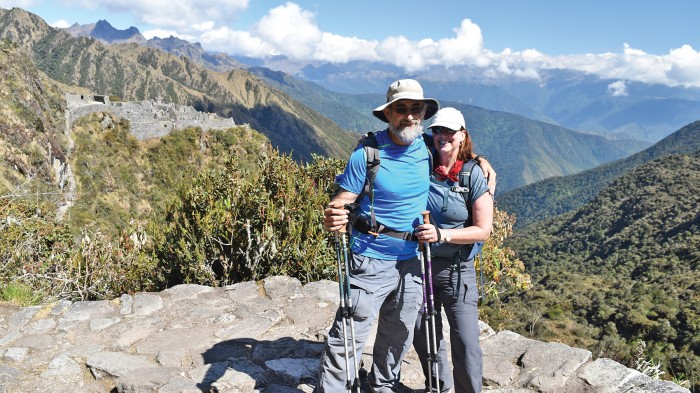Over the past few decades, marine microbiologists like Jed Fuhrman have discovered vast numbers of microörganisms—not just new species but previously unknown forms of life, including a huge range of marine viruses. By today’s best estimates, a milliliter of seawater contains about a million bacteria and 10 million viruses.
Fuhrman’s lab at the University of Southern California is researching how these creatures interact to form stable ecosystems, bringing big-picture perspective to a field where previous efforts have largely focused on individual organisms.
“We need organism-specific work and lots of it; there could be hundreds of thousands of forms of marine plankton,” explains Fuhrman. “But they’re not drifting around in an undirected way—just like with plants and animals, each has its place.”
In 2013, Fuhrman’s lab received a $2 million Moore Foundation grant to research interactions and feedback loops among marine microbial communities. One area of inquiry is the way nutrient inputs, microbial predators, and viral infection work together to control those communities. The work draws on several of the lab’s ongoing research efforts, including a program that has collected monthly surface-to-bottom samples since 2000 from open water off the Southern California coast.

The composition of that community of organisms, says Fuhrman, has stayed remarkably steady over time. He draws a parallel with the 18th-century economist Adam Smith’s “invisible hand” theory of the marketplace. “Every person or business works in their own interest, but the market as a whole looks remarkably controlled,” he explains. “It’s the same with microbes—bigger processes keep the whole system within a set of parameters, and when things go off, they push back. It’s an amazing sort of regulation.”
Fuhrman’s marine work began when MIT Institute Professor Penny Chisholm suggested he follow his Course 7 bachelor’s degree with PhD studies under Farooq Azam at the Scripps Institution of Oceanography at the University of California, San Diego.
“I arrived just when people discovered that oceanic bacteria were so abundant,” recalls Fuhrman. “MIT got me thinking in quantitative ways, trained me in biochemistry, and gave me a molecular orientation, which Farooq and I put to great use.” Their work provided early evidence of marine bacteria’s key role in removing massive amounts of carbon dioxide from the atmosphere.
Fuhrman met his wife, physician Dorothy Comeau ’79, on her first day at the Institute. They have two grown children and recently enjoyed a visit to the Galápagos, where they snorkeled daily, “not looking at microörganisms but at big, beautiful things.”
Keep Reading
Most Popular
Large language models can do jaw-dropping things. But nobody knows exactly why.
And that's a problem. Figuring it out is one of the biggest scientific puzzles of our time and a crucial step towards controlling more powerful future models.
How scientists traced a mysterious covid case back to six toilets
When wastewater surveillance turns into a hunt for a single infected individual, the ethics get tricky.
The problem with plug-in hybrids? Their drivers.
Plug-in hybrids are often sold as a transition to EVs, but new data from Europe shows we’re still underestimating the emissions they produce.
Stay connected
Get the latest updates from
MIT Technology Review
Discover special offers, top stories, upcoming events, and more.